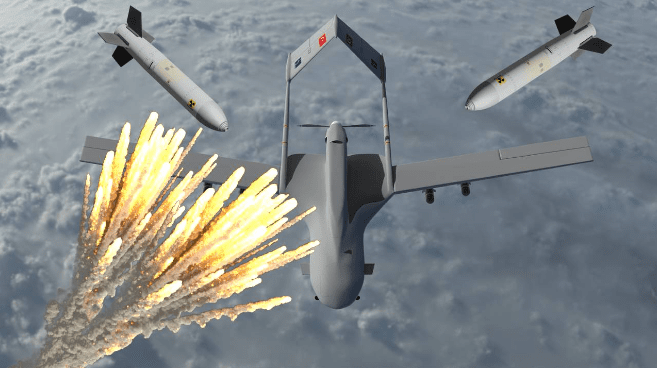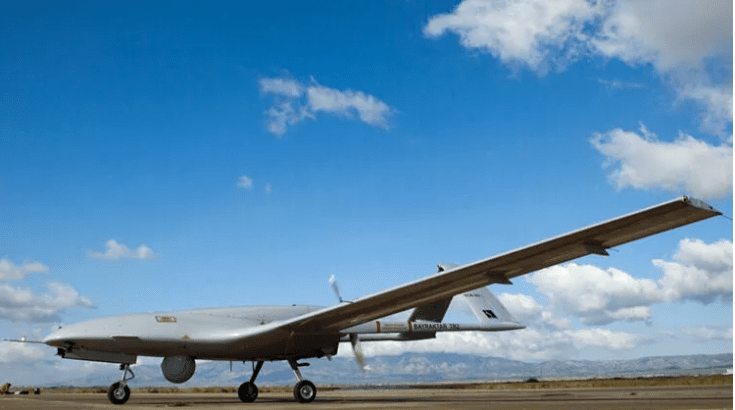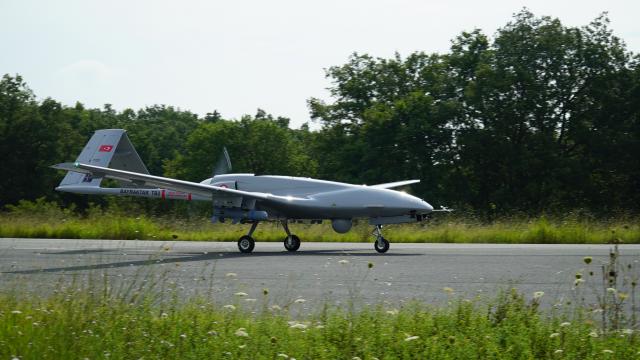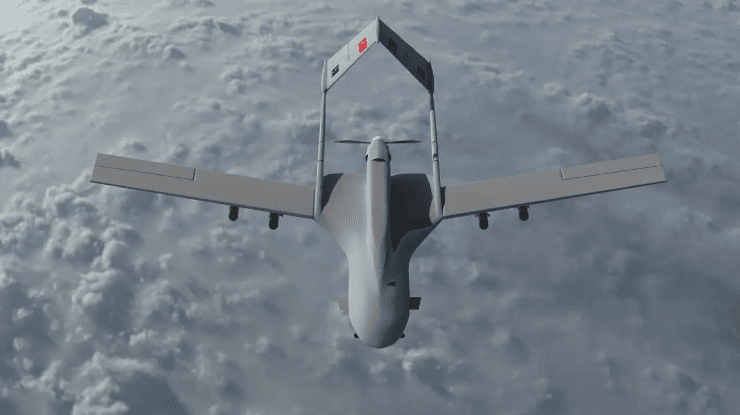A Ukrainian UAV pilot described to the British media how the Bayraktar TB2 UCAV survived after being struck by an S-300 missile.
Speaking to the British press recently, the Ukrainian UAV pilot described the day of the conflict at the Zaporizhia nuclear power plant. The detail that attracted attention was the return of the Bayraktar TB2 UCAV to the base on its own after being hit by the S-300.
- Iranian drones: Will they be able to aid Russia in the Ukraine?
- Secrets of the Last Known Slave Ship Under Investigation
- One avocado per day might help decrease cholesterol
How did Bayraktar TB2 survive the S-300 missile?
Ukraine and Russia were involved in an intense conflict at the Zaporizhia nuclear power plant last March. In fact, the plant was so damaged that many European countries were on high alert for a possible explosion.
Of course, the Ukrainian and Russian sides were monitoring this conflict moment by moment from the sky via drones. According to the Ukrainian pilot, the Russian S-300 system locked onto the Bayraktar TB2 UCAV, which he personally controlled during this hot conflict, and managed to shoot it down by firing missiles.
Of course, Ukrainian soldiers thought they had lost this UCAV. Because after the missile exploded in the sky, it is stated that the data flow, that is, the connection was lost. But two hours later, they saw the TB2 landing on the runway on its own, with almost every part of it damaged, riddled with holes, so to speak.
Although they could not make sense of this situation at first, they realized the situation when they learned that it had been hit by the S-300. We can roughly explain it like this, some air defense systems lock on to their target in the sky and then explode just like a bullet hitting it. But this is a relatively old technology and not as efficient as one might think.
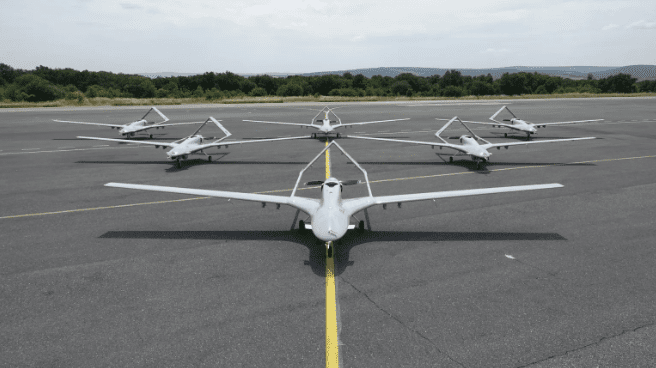
In a similar way, relatively new generation air defense systems lock on to their targets and launch their missiles. But this missile does not hit the target directly. Instead, when it gets close enough, the sensors on the missile recognize it and it explodes milliseconds before impact, destroying everything around it. In this way, there is no such thing as not exploding because the impact effect is not sufficient.
However, Bayraktar TB2 is an air vehicle that can perform fully autonomous missions. In fact, when we look at the data shared by Baykar, we see that it has 3 redundant flight computers in addition to the mission computer.
In other words, even if it loses contact with the pilot due to damage to many parts in the air, it can return and land on its own in the event of a possible malfunction, as it records the GPS data, location and the route of the entire operation. As a matter of fact, this is exactly what happened.
In fact, according to the pilot who spoke to The Times, this UAV, which has many parts damaged, is quickly taken into maintenance. After the relevant replacement and repair processes, it takes off again and continues its mission. Of course, although its fate is unknown at the moment, we can say that it has made a big impact on the British press.
What do you think about this issue? Don’t forget to share your opinions with us in the comments!

